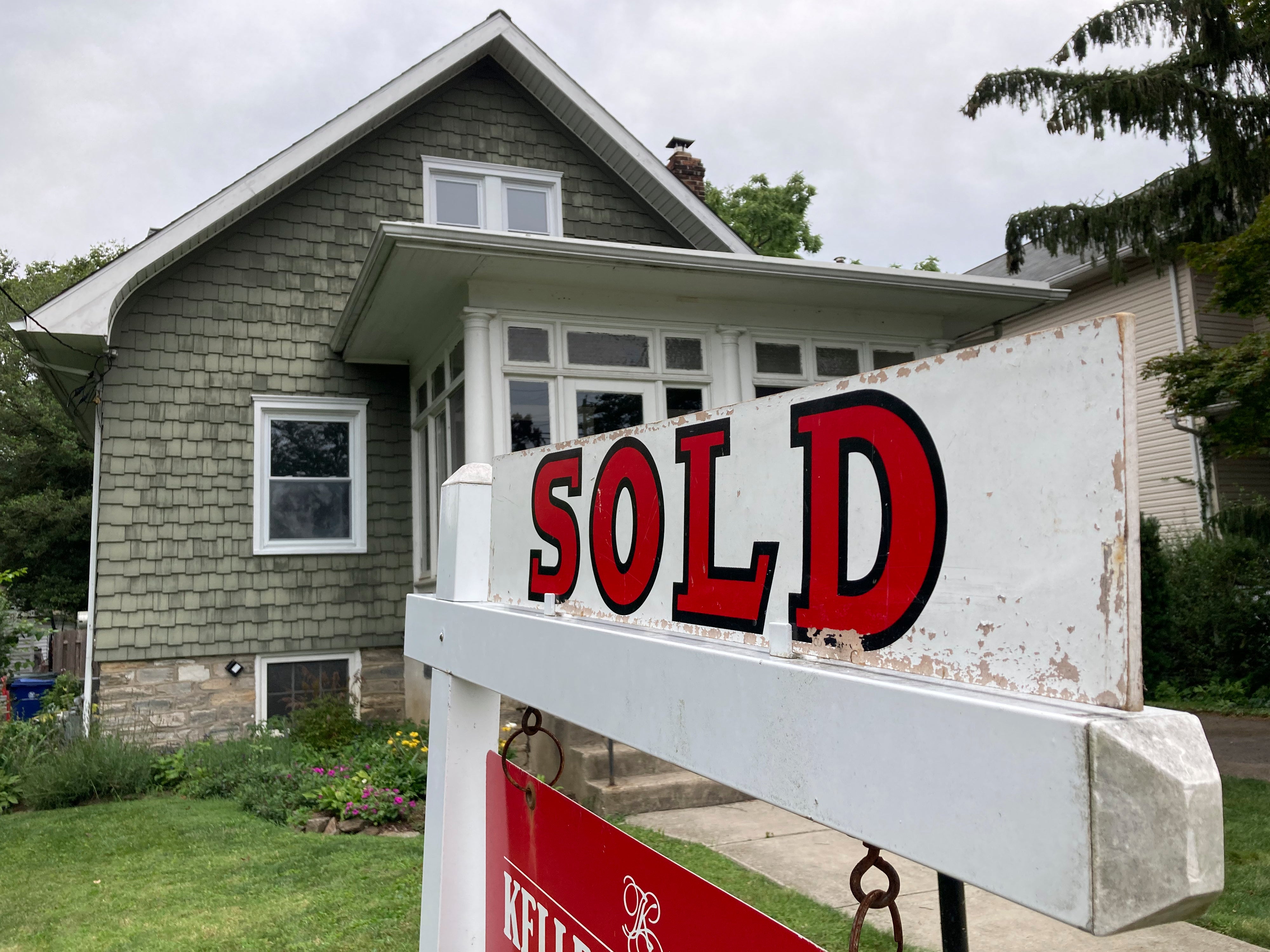Average long term mortgage rates jump above 7% this week
Average long-term U.S. mortgage rates topped 7% for the first time in more than two decades this week, a direct result of the Federal Reserve’s aggressive rate hikes intended to tame inflation not seen in some 40 years

Your support helps us to tell the story
From reproductive rights to climate change to Big Tech, The Independent is on the ground when the story is developing. Whether it's investigating the financials of Elon Musk's pro-Trump PAC or producing our latest documentary, 'The A Word', which shines a light on the American women fighting for reproductive rights, we know how important it is to parse out the facts from the messaging.
At such a critical moment in US history, we need reporters on the ground. Your donation allows us to keep sending journalists to speak to both sides of the story.
The Independent is trusted by Americans across the entire political spectrum. And unlike many other quality news outlets, we choose not to lock Americans out of our reporting and analysis with paywalls. We believe quality journalism should be available to everyone, paid for by those who can afford it.
Your support makes all the difference.Average long-term U.S. mortgage rates topped 7% for the first time in more than two decades this week, a direct result of the Federal Reserve's aggressive rate hikes intended to tame inflation not seen in some 40 years.
Mortgage buyer Freddie Mac reported Thursday that the average on the key 30-year rate jumped to 7.08% from 6.94% last week. The last time the average rate was above 7% was April 2002, a time when the U.S. was still reeling from the Sept. 11 terrorist attacks, but six years away from the 2008 housing market collapse that triggered the Great Recession.
Last year at this time, rates on a 30-year mortgage averaged 3.14%.
The Fed has raised rates five times this year, including three consecutive 0.75 percentage point increases that have brought its key short-term borrowing rate to a range of 3% to 3.25%, the highest level since 2008. At their last meeting in late September, Fed officials projected that by early next year they would raise their key rate to roughly 4.5%.
___
Alex Veiga reported from Los Angeles.